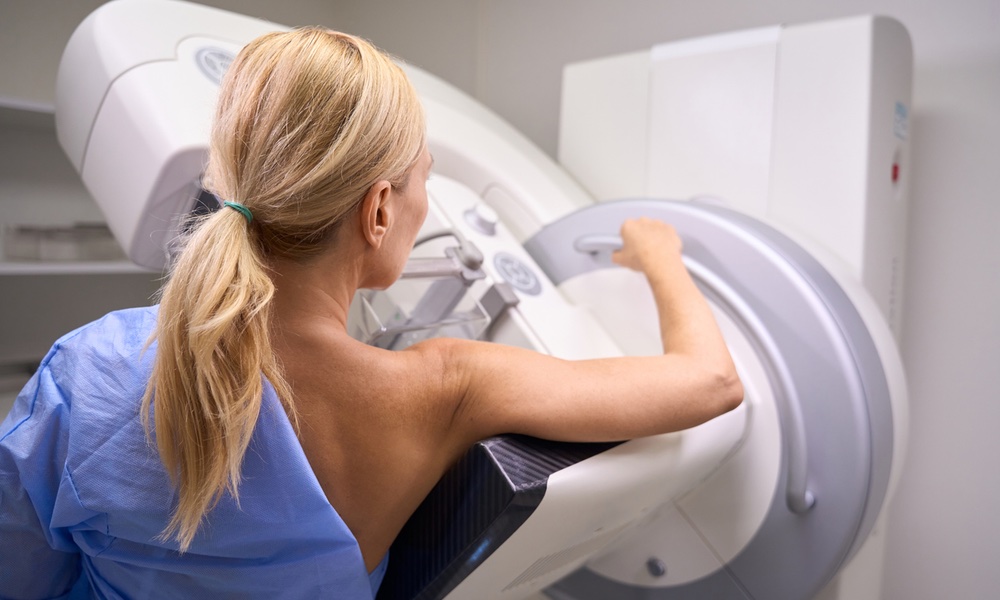Women may not be getting all the information they need to make informed healthcare decisions, especially when it comes to uterine fibroids. Uterine fibroids are common growths of the uterus that often appear during a woman's childbearing years. They are not cancer, and they almost never become cancerous.
A recent survey of more than 1,100 women 18 years and older across the U.S. found that few of those diagnosed with uterine fibroids are aware of all their treatment options, especially nonsurgical, less invasive techniques.
Over half — 53 percent — of those diagnosed with uterine fibroids said they were given the option of a hysterectomy, or complete removal of the uterus. Seventeen percent of respondents, including 27 percent of women aged 18 to 34, said they thought a hysterectomy was their only option.
Fortunately, they are wrong. Other, far less drastic options exist.The UFE procedure is not new. It has been done in the United States since the mid-1990s, yet most gynecologists don't tell their patients about it.
“Women need to be informed about the complete range of options available for treating their uterine fibroids, not just the surgical options,” John Lipman, adviser to the poll and founder and director of the Atlanta Fibroid Center, told TheDoctor.
Only 17 percent of respondents were told about uterine fibroid embolization (UFE), a minimally invasive, nonsurgical procedure performed by an interventional radiologist. During UFE, the doctor inserts a thin catheter into an artery at the groin or wrist. The doctor guides the catheter to the fibroid's blood supply, where small particles are released to block the blood vessels that feed the fibroid, depriving it of nutrients. The fibroid then shrinks and dies.
Lipman points to three important benefits of uterine fibroid embolization:
-
1. The procedure has a high success rate. About 90 percent of patients get significant or complete relief from their symptoms following the procedure.
2. UFE is an outpatient procedure that takes about 30 minutes. Women can avoid the hospitalization and recovery required by a hysterectomy. They return to their normal activities within a week.
The procedure is not new. Uterine fibroid embolization has been done in the United States since the mid-1990s. Yet most gynecologists don't tell their patients about it, said Lipman. “That is a huge problem that needs to be addressed.”
Women may also not be aware of how common fibroids are. As many as 77 percent of women will develop uterine fibroids at some point; but 72 percent of respondents did not know they were at risk. Fifty-six percent of women ages 18 to 34, said they were unfamiliar with or had never heard of uterine fibroids, and 51 percent of those ages 35 to 44 were unfamiliar with or had never heard of them.
Uterine fibroids are three times more common among Black women and twice as common among Latinx women compared to white or Asian women. Half of the Latinx women and 37 percent of Black women surveyed, however, said they were unfamiliar with or had never heard of uterine fibroids.There are a number of strategies women can try to reduce their exposure to estrogen, a driver of fibroid growth.
Estrogen supports fibroid growth. Lipman recommends that all women, but particularly Black women at risk for fibroids, try the following strategies to reduce exposure:
- Avoid consumption of hormone-rich foods, such as red meat, non-organic chicken and dairy. They can increase their consumption of colorful fruits and vegetables, which contain flavonoids, which block an important enzyme in estrogen production.
- Consume more vitamin D. Vitamin D inhibits fibroid growth. Only about 10 percent of Black men and women have adequate levels of vitamin D. Those with darker skin tones absorb less vitamin D from the sun.
- Exercise and try to lose excess weight because estrogen is produced and stored in body fat.
- Avoid using hair relaxers. These products contain phthalates which are biochemically similar to estrogen.
The survey was conducted by The Harris Poll on behalf of the Society of Interventional Radiology. The data were included in the report The Fibroid Fix: What Women Need to Know.





